Vietnam is facing major challenges in ensuring energy security, meeting the needs of economic growth and protecting the environment. To address this issue, the Forum "Developing a Competitive Energy Market to 2030, Vision to 2045" has just taken place, attracting many experts, managers and businesses to participate in a lively discussion about the country's energy future.
Strategic orientation for energy development
From the spirit of Resolution 55-NQ/TW dated February 11, 2020 of the Politburo and Decision 2233/QD-TTg dated December 28, 2020 of the Prime Minister, Vietnam is promoting the construction of a competitive, transparent and sustainable energy market.
Mr. Le Anh Chien, Deputy Head of the Propaganda Department of the Party Committee of the Vietnam National Oil and Gas Group (Petrovietnam) shared: “Petrovietnam plays a key role in ensuring national energy security, providing nearly 11 billion m3 of gas per year, accounting for 35% of the national electricity output and 30% of domestic gasoline demand.”
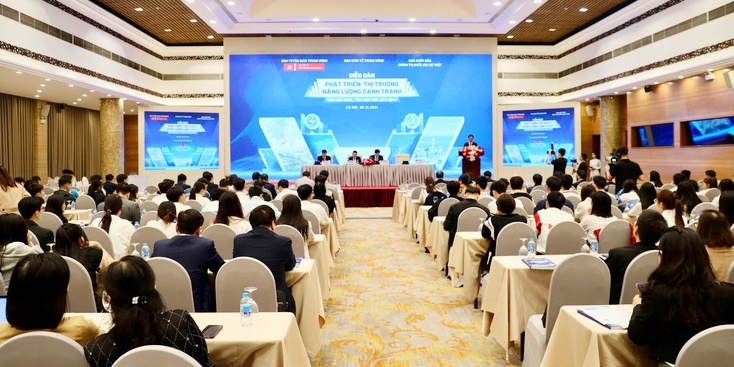 |
| Scene of the forum "Developing a competitive energy market to 2030, vision to 2045" |
These figures not only affirm Petrovietnam’s position but also show the importance of optimizing energy supply. The strategic orientation to 2030 is to build a smart, sustainable and integrated energy system. This includes promoting research and development of renewable energy sources such as wind power, solar power and green hydrogen.
Recently, the development of value chains in the oil and gas ecosystem has actively contributed to Petrovietnam's member units researching solutions to maximize resources, innovate to effectively use oil and gas resources and develop new products, gradually responding to the energy transition trend that is taking place strongly globally.
Binh Son Refining and Petrochemical Joint Stock Company (BSR) has successfully researched, produced and sold 3 new products: BOPP, RFCC Naphtha, MixC4 and maximized RON index to increase Mogas 95 gasoline output; Petrochemical and Chemical Services Corporation (PVChem) has developed high-value, environmentally friendly chemical and petrochemical products such as producing PP Filler Masterbatch/Compound from PP powder. For example, the Vietnam Oil and Gas Technical Services Corporation (PTSC) has concretized the policy of developing the renewable energy sector, cooperating with Sembcorp Utilities Ltd and held a Bid Award Ceremony for the Wind Measurement, Hydrology and Geological Survey Package, the Offshore Renewable Energy Export Project from Vietnam to Singapore, while actively expanding cooperation opportunities, building a supply chain in the offshore wind power sector in particular and offshore renewable energy in general in Taiwan (China), moving towards expanding to countries in the region. The Vietnam Gas Corporation (PV GAS) is researching the use of gas products as raw materials for petrochemical complexes, CO2 recovery and storage, and "green" hydrogen and ammonia production technology to contribute to ensuring national energy security...
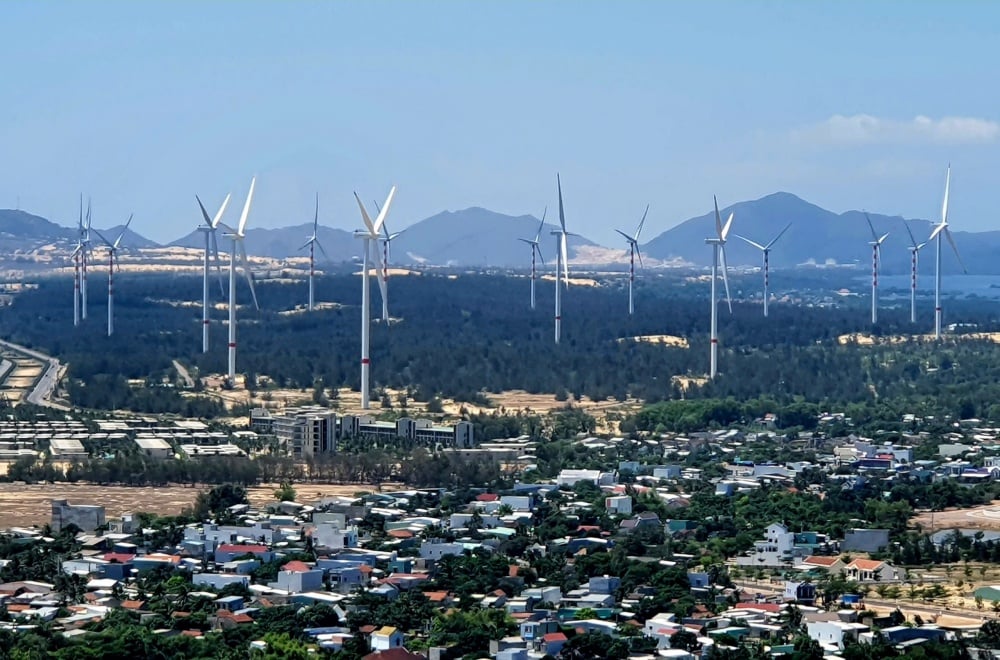 |
| The strategic direction to 2030 is to build a smart, sustainable and integrated energy system. This includes promoting research and development of renewable energy sources such as wind power, solar power and green hydrogen. |
According to Associate Professor, Dr. Tran Dinh Thien, to sustainably develop the energy sector, Vietnam needs to focus on exploiting potential resources such as tides, hot ocean currents and especially nuclear energy. Restarting the Ninh Thuan nuclear power project as directed by the Party and State leaders is a strategic preparation for the future, meeting the increasing demand for energy and promoting innovation in economic development structure.
Associate Professor, Dr. Tran Dinh Thien, Vietnam Economic Institute said: "Compared to the world average, Vietnam's energy consumption is only about 30-35%, electricity consumption is only about 60%. Compared to the region, Vietnam is much lower. But increasing input costs combined with low electricity efficiency, in 2021, the World Bank (WB) warned: Vietnam's national electricity consumption growth rate in the past decade has always been 2-3 times higher than the labor productivity growth rate. Therefore, the labor productivity gap between Vietnam and other countries in the region continues to increase." |
Opportunities for energy transition, towards competitive markets
Associate Professor, Dr. Vu Trong Lam, Director of the National Political Publishing House, affirmed: "Energy transition is an irreversible trend, opening up many development opportunities but also posing many challenges."
Industries such as wind energy, solar energy and biofuels are becoming bright spots, with the potential to create major breakthroughs in reducing carbon emissions and protecting the environment. Petrovietnam has quickly caught up with this trend by investing heavily in renewable energy projects and green hydrogen production. However, high technology costs, unsynchronized infrastructure, and policy barriers are problems that need to be solved.
Experts emphasize that international cooperation and learning from the experiences of other countries will be the key for Vietnam to overcome these challenges. In addition, the Government's incentive policies such as supporting the price of wind and solar power, along with creating favorable conditions for private enterprises to participate, are contributing to promoting the energy transition. This is not only a great business opportunity but also an effective solution in protecting the environment and ensuring long-term energy security.
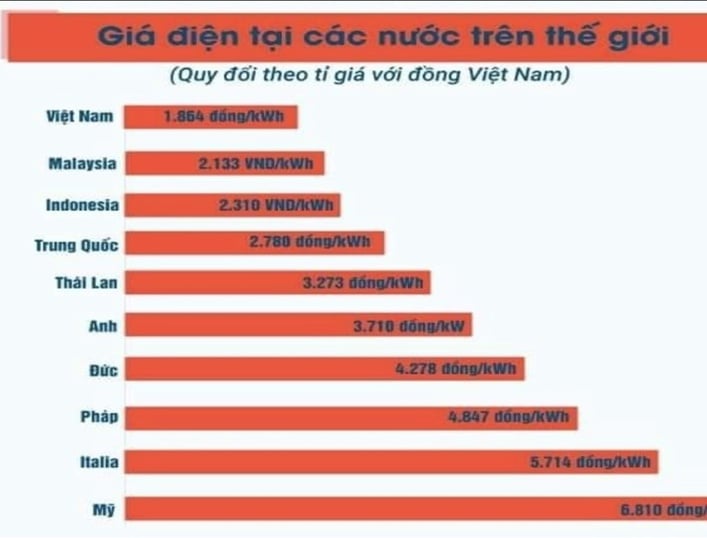 |
| Compare electricity prices with some economies |
Building a competitive energy market does not stop at attracting investment capital but also requires transparency in the management, pricing and distribution mechanisms of energy. Energy experts emphasize: “Transparency is the foundation for creating trust from investors and consumers, contributing to promoting sustainable market development.”
In addition, market operational efficiency is considered a vital factor to optimize resources, stimulate innovation and ensure equal participation among economic components. This not only helps improve service quality but also minimizes resource waste. Market sustainability is the ultimate goal, requiring businesses to carefully consider economic benefits and environmental protection responsibilities. A "green" energy system will not only help Vietnam meet its international commitments on emission reduction but also create a competitive advantage in the global market.
Developing a competitive energy market is both an urgent and strategic task for Vietnam. With the joint efforts of the Government, businesses and researchers, the future of the energy market will be shaped towards transparency, efficiency and sustainability. This is both a driving force for Vietnam to achieve its sustainable development goals and a foundation for the country to assert its position in the international arena by 2045.
Source: https://thoibaonganhang.vn/phat-trien-thi-truong-nang-luong-canh-tranh-nhung-buoc-tien-quan-trong-159144.html

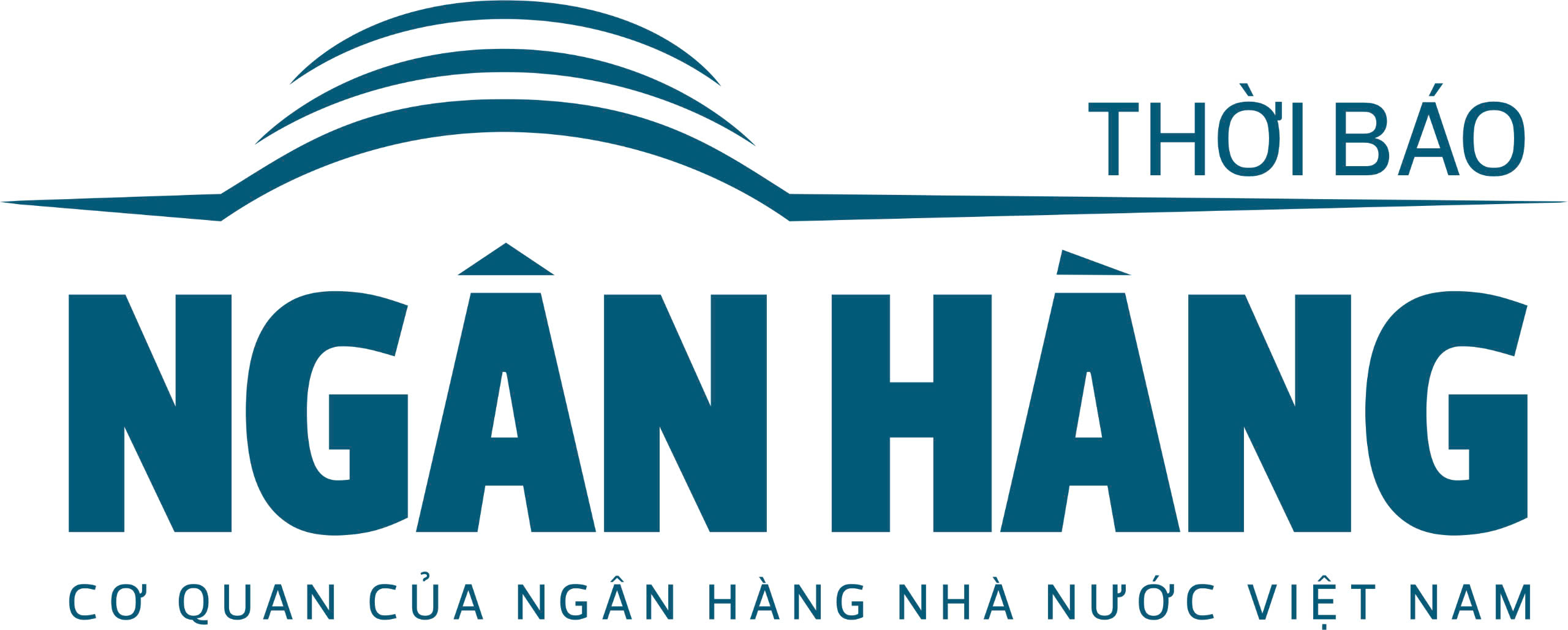
![[Photo] Prime Minister Pham Minh Chinh receives delegation of leaders of US universities](https://vstatic.vietnam.vn/vietnam/resource/IMAGE/2025/3/31/8be7f6be90624512b385fd1690124eaa)
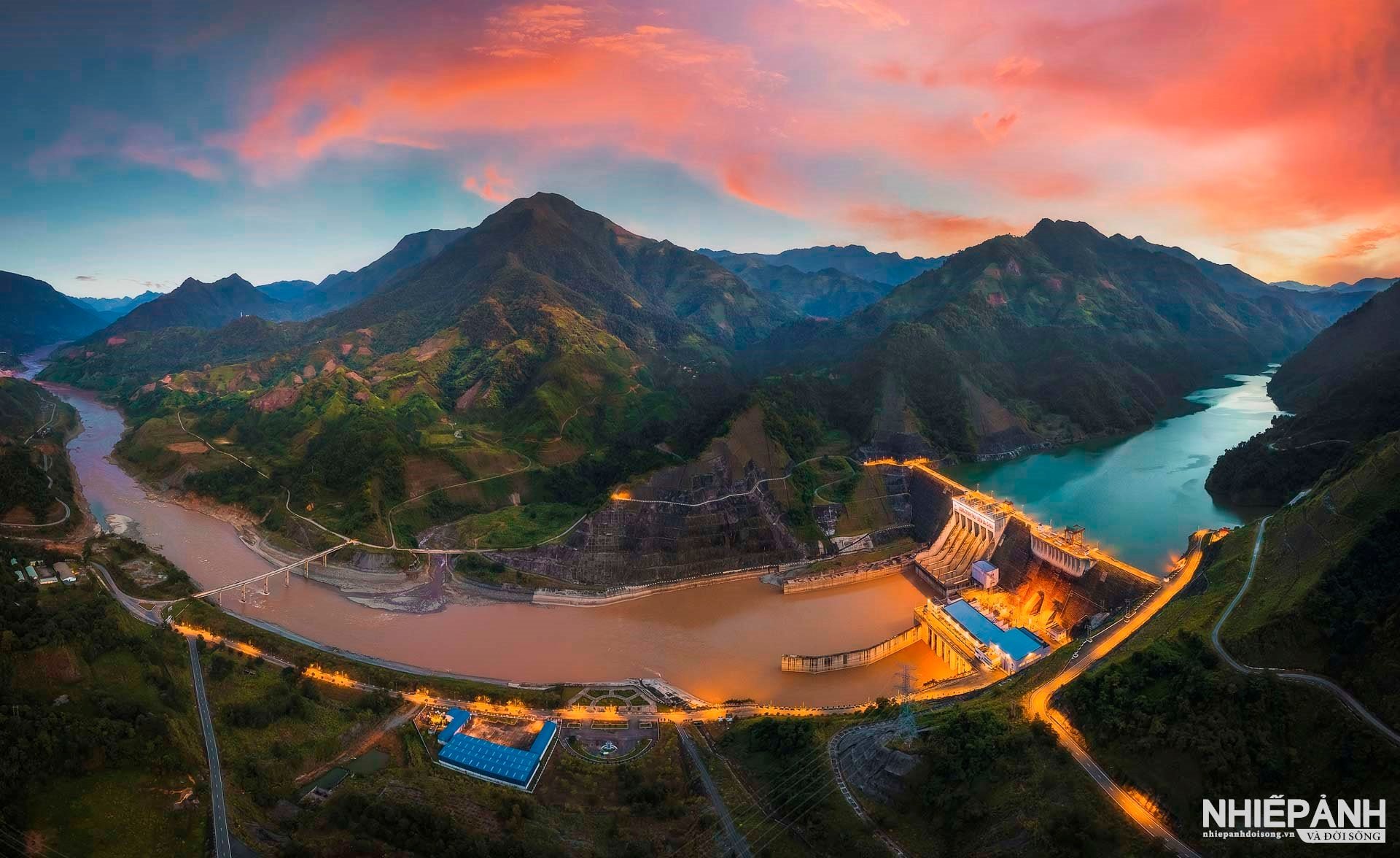

![[Photo] General Secretary To Lam receives US Ambassador to Vietnam Marc E. Knapper](https://vstatic.vietnam.vn/vietnam/resource/IMAGE/2025/3/31/5ee45ded5fd548a685618a0b67c42970)
![[Photo] 2nd Conference of the Party Executive Committee of Central Party Agencies](https://vstatic.vietnam.vn/vietnam/resource/IMAGE/2025/3/31/8f85b88962b34701ac511682b09b1e0d)
![[Photo] Speeding up construction of Ring Road 3 and Bien Hoa-Vung Tau Expressway](https://vstatic.vietnam.vn/vietnam/resource/IMAGE/2025/3/31/f1431fbe7d604caba041f84a718ccef7)
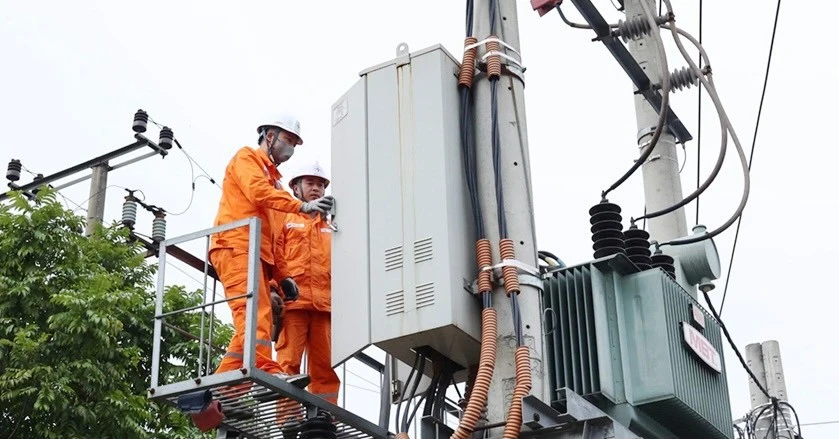

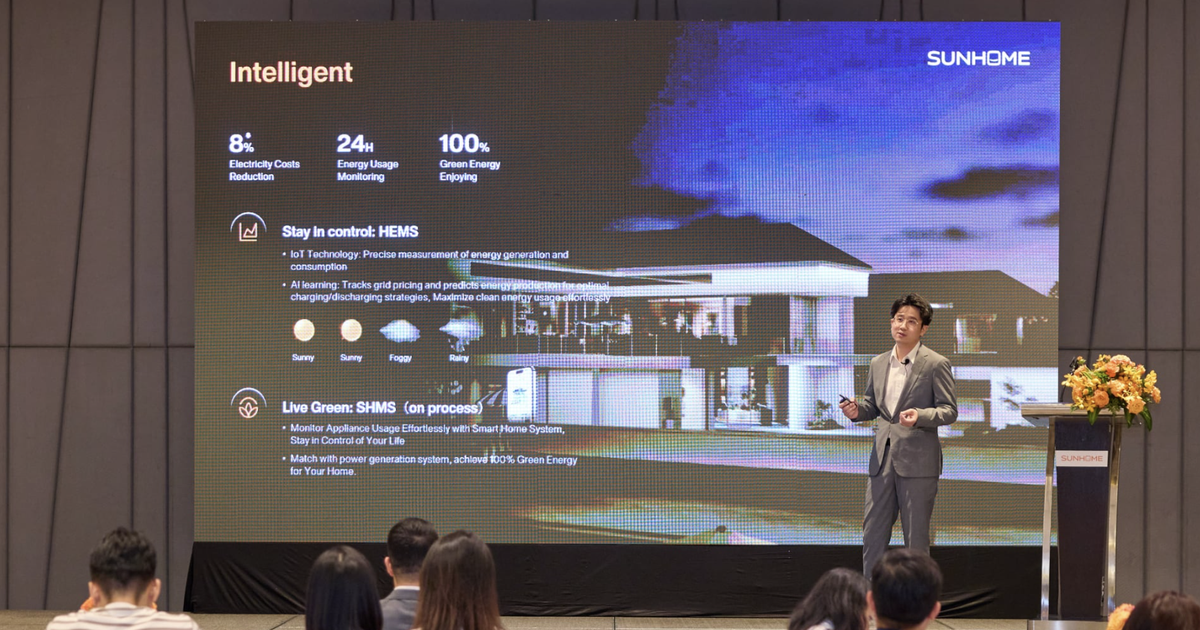

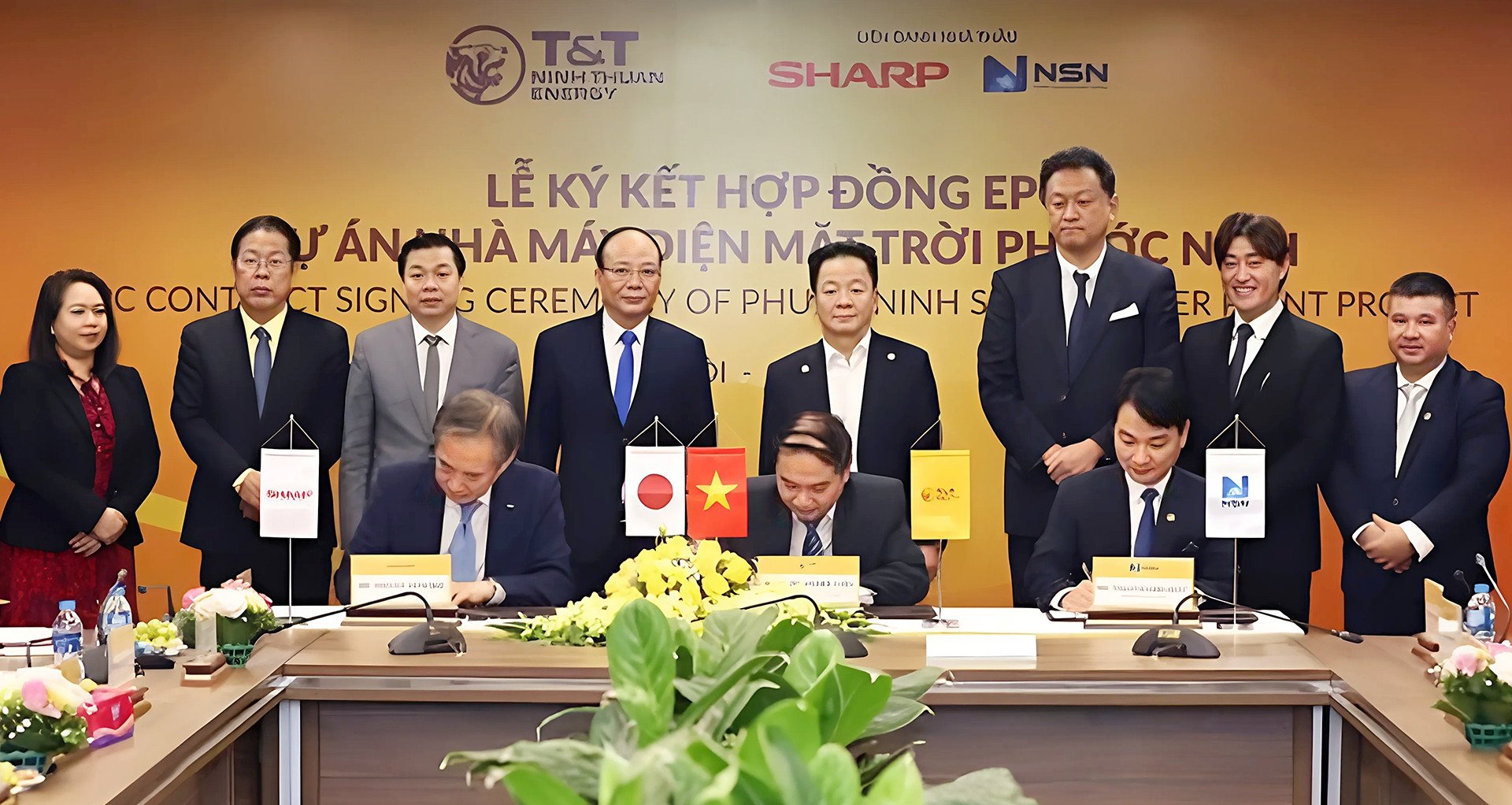

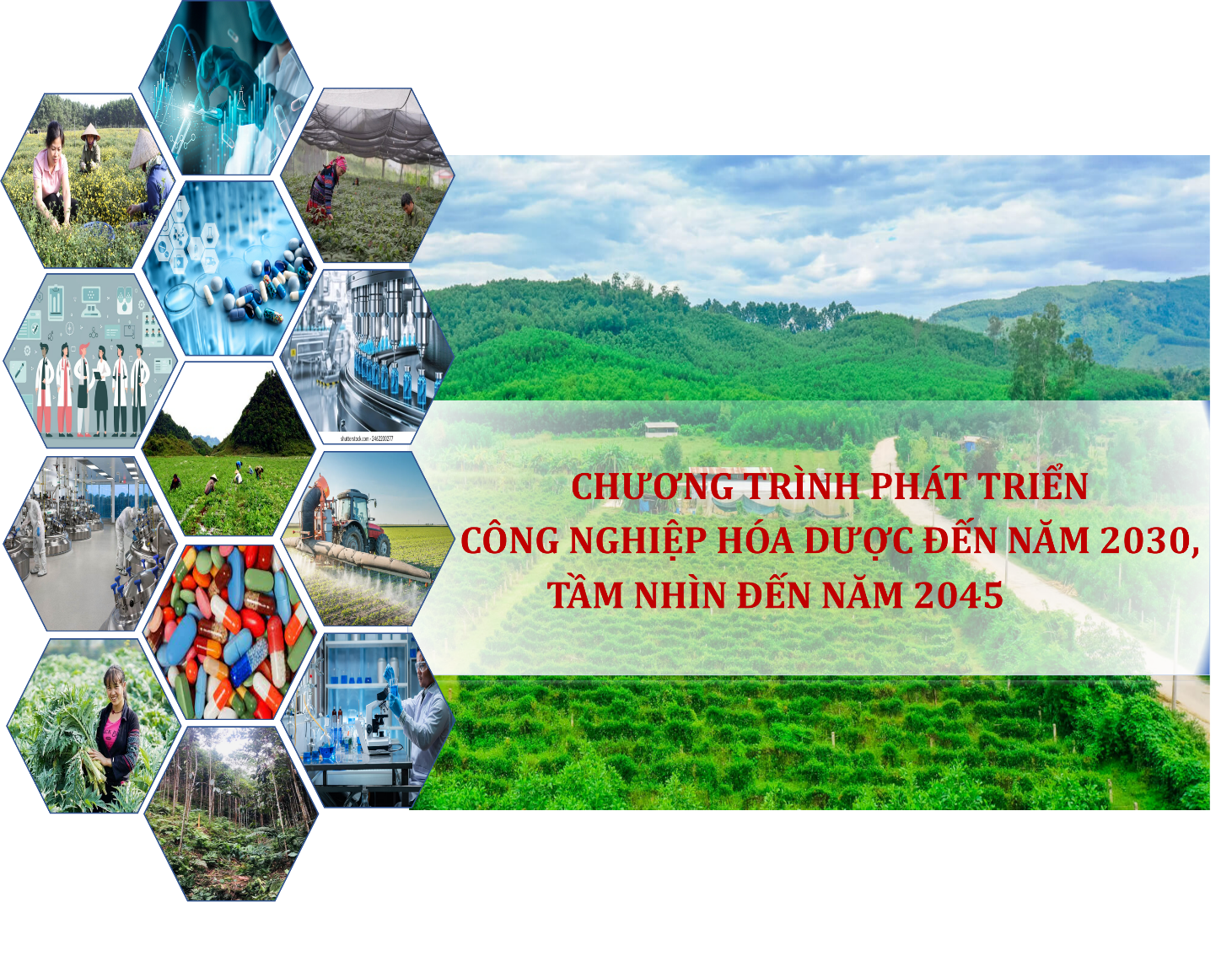





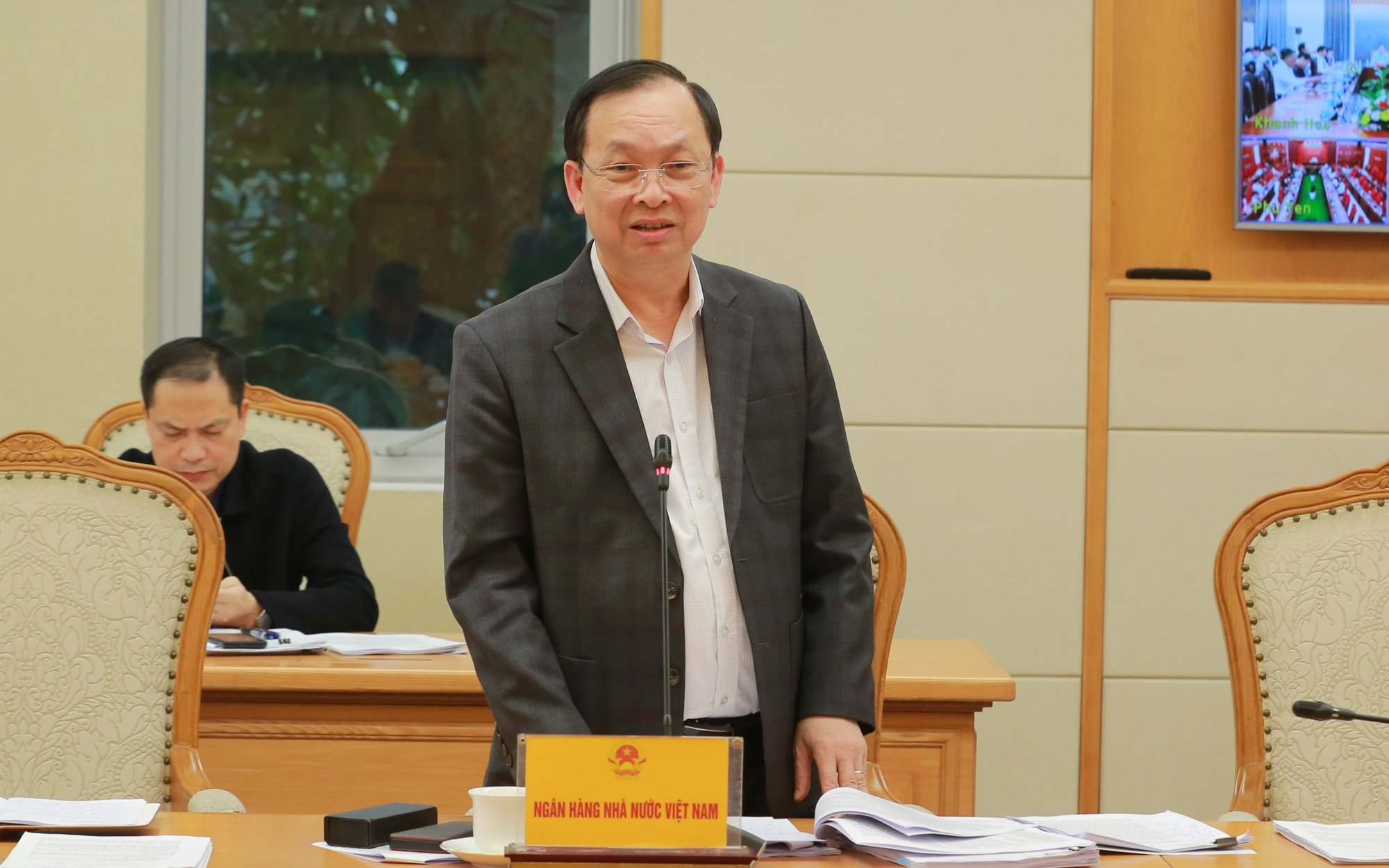

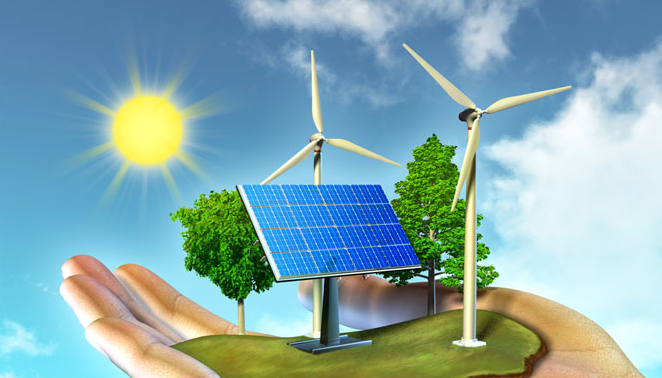




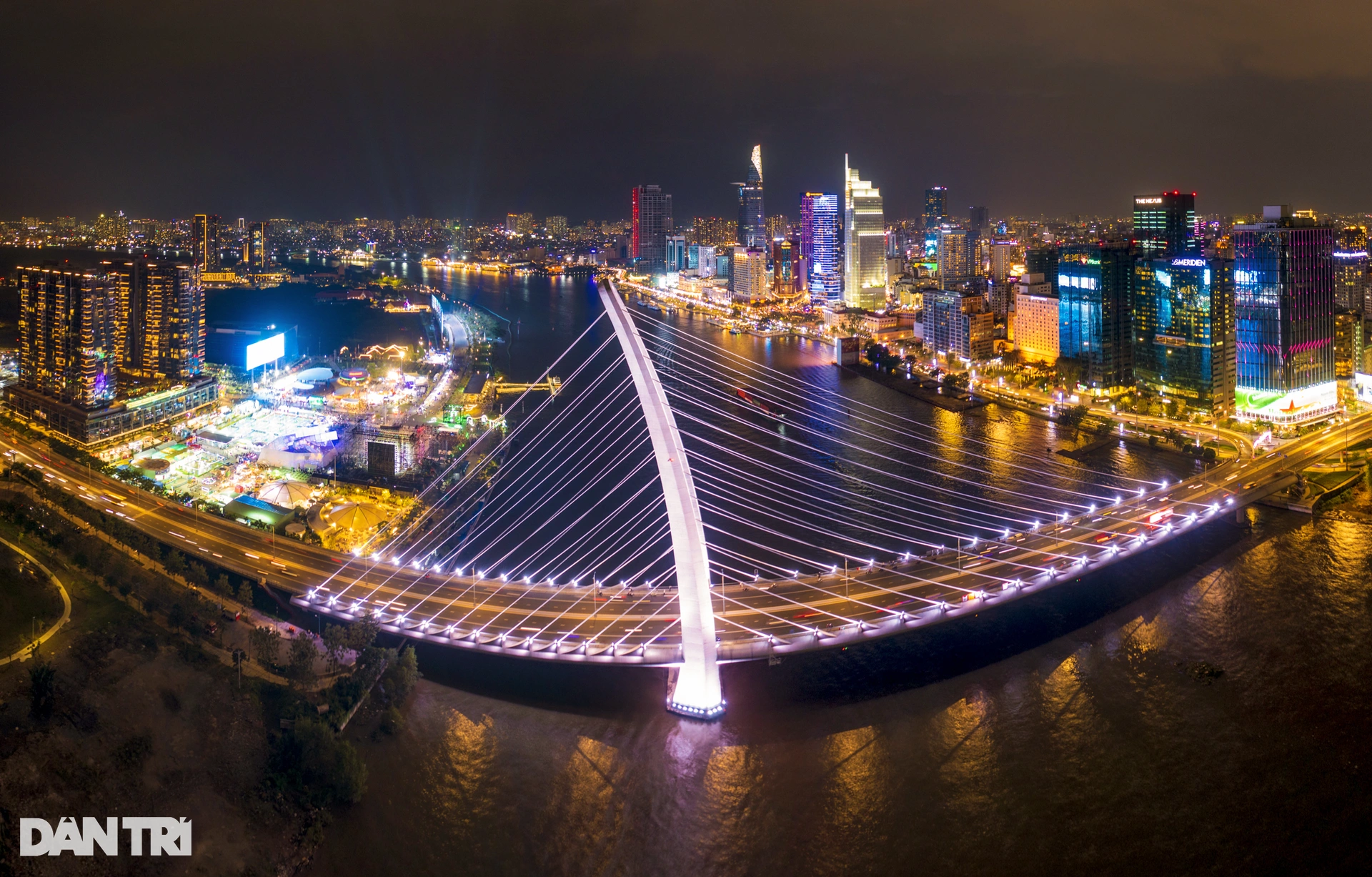
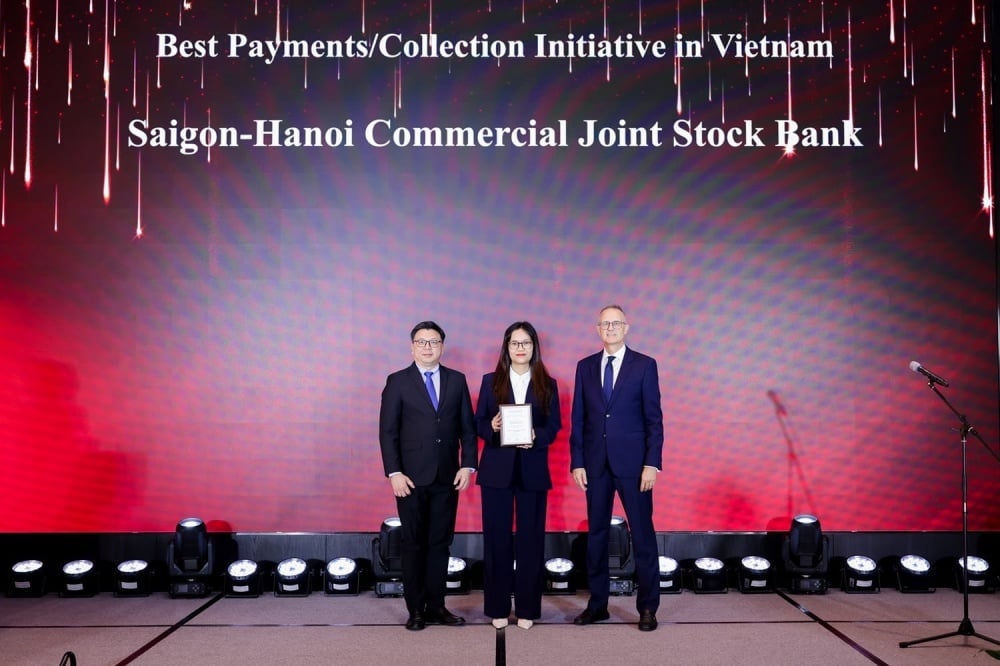
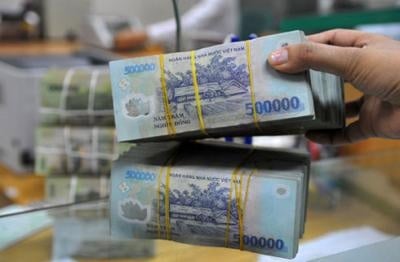
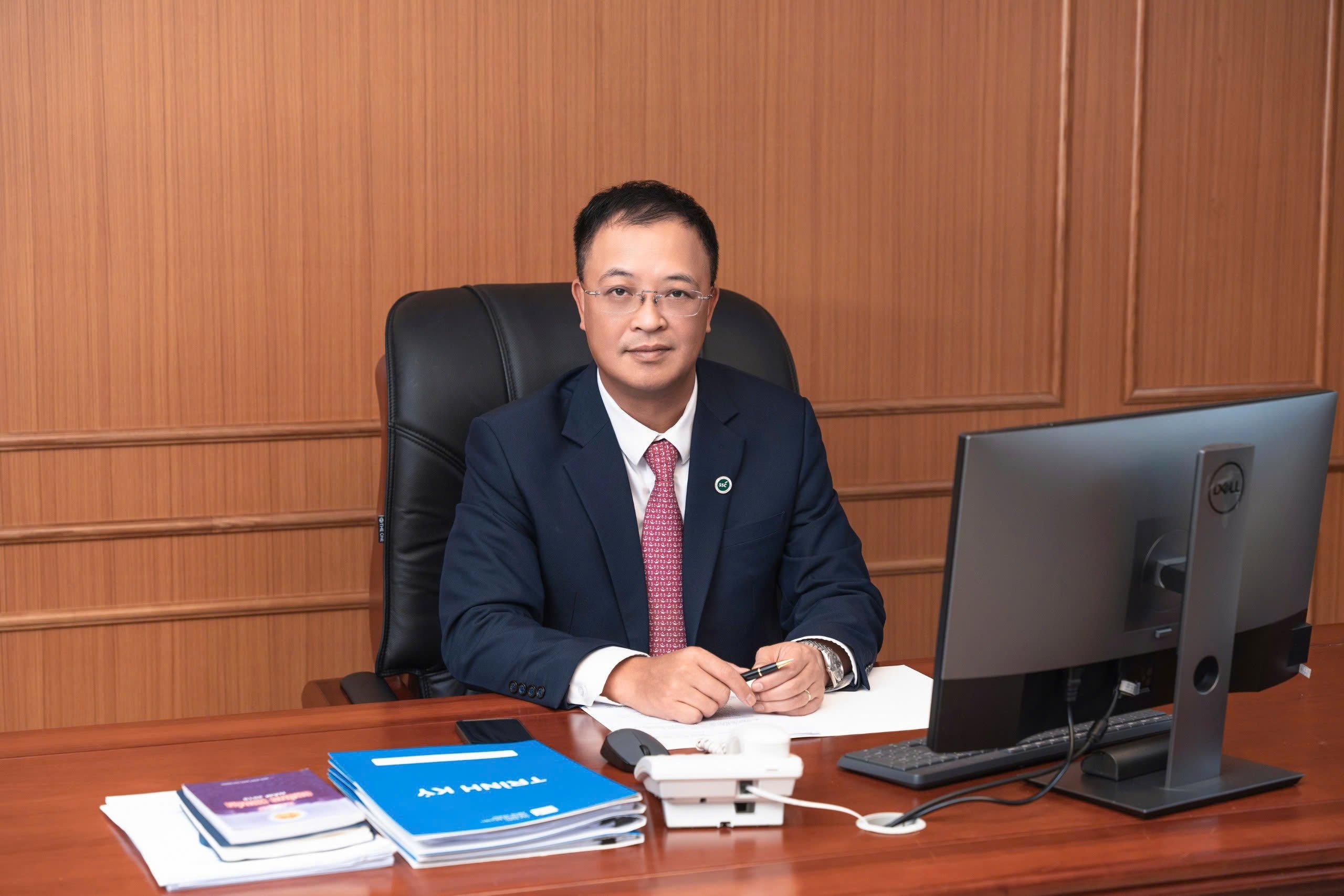
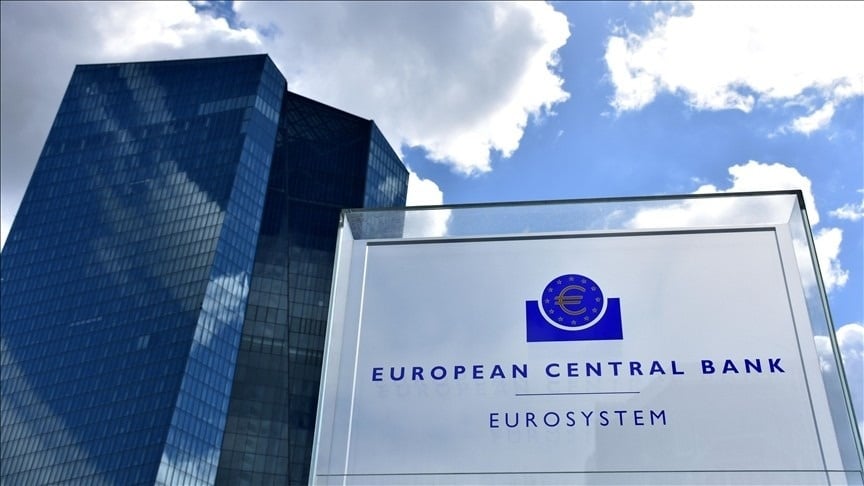
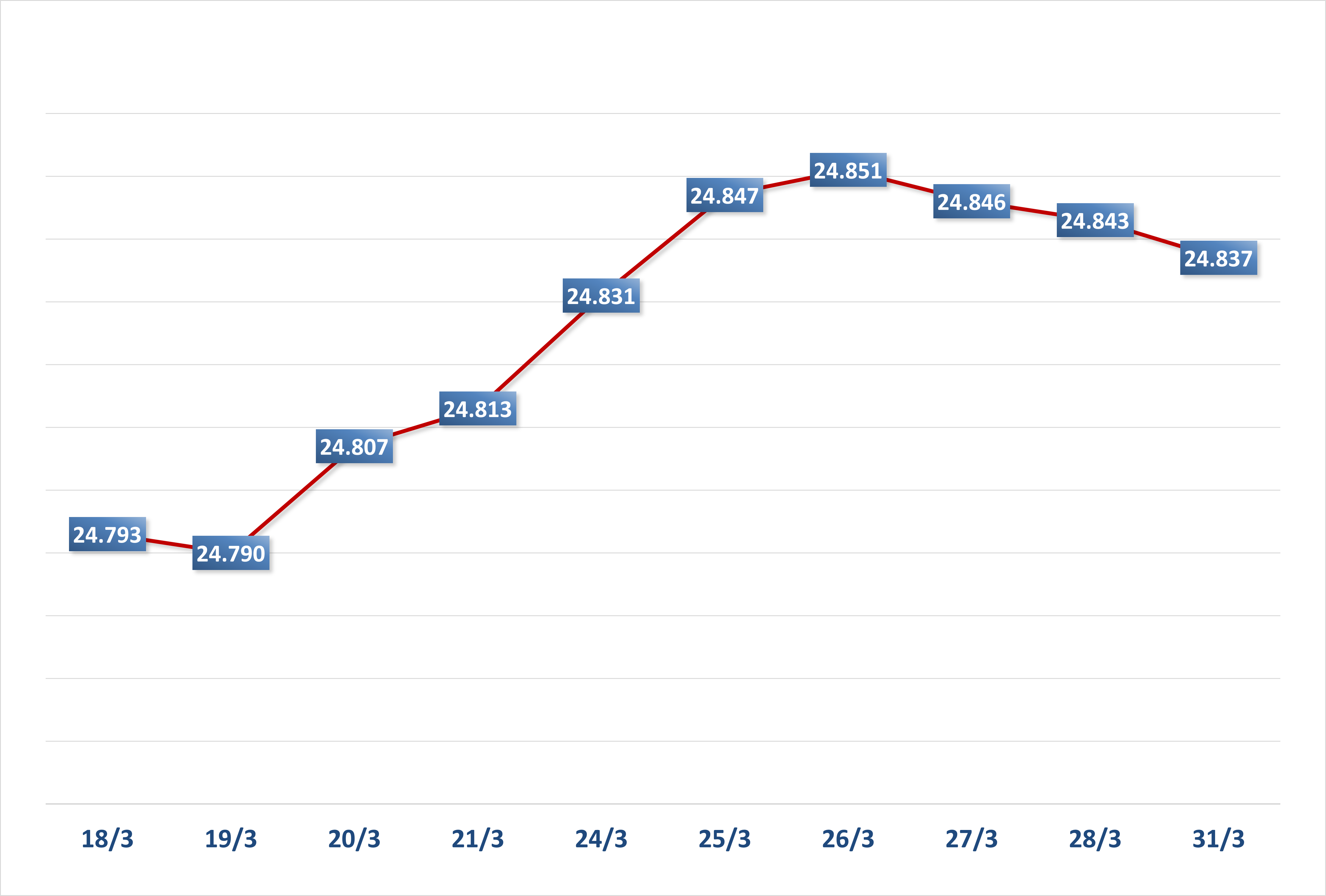



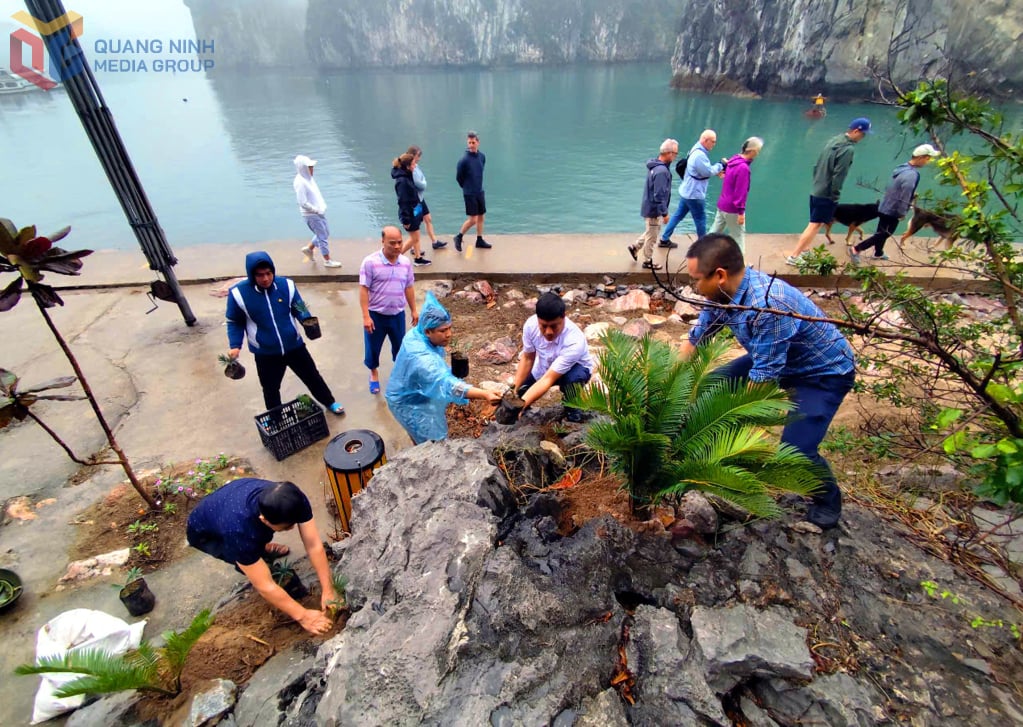








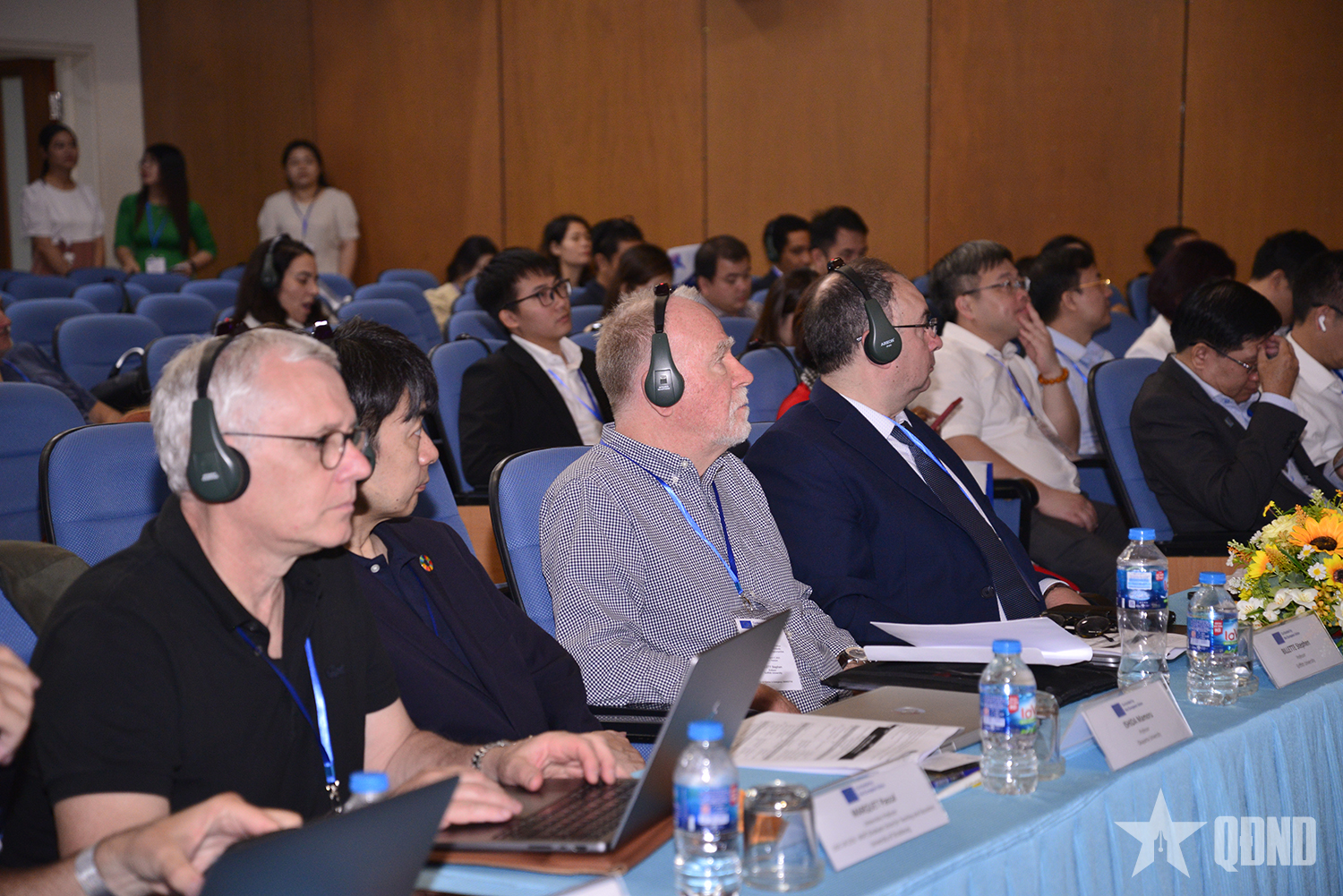

















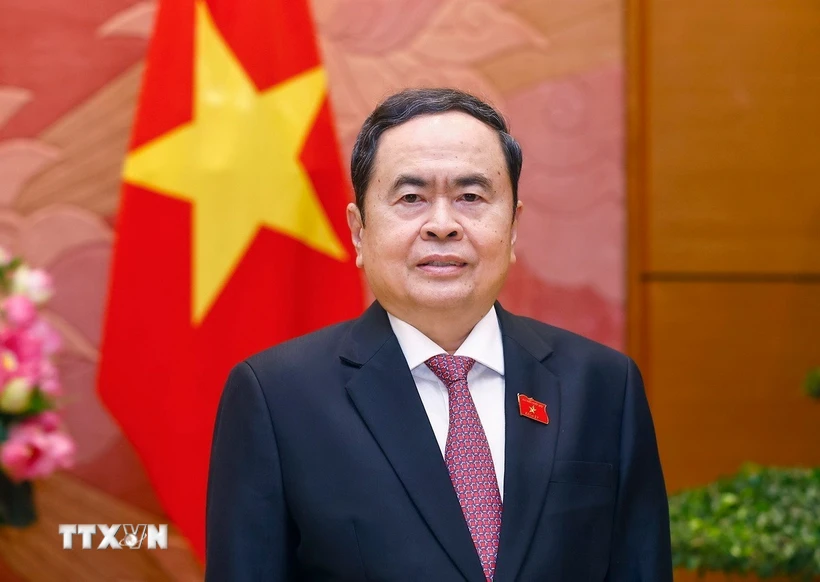








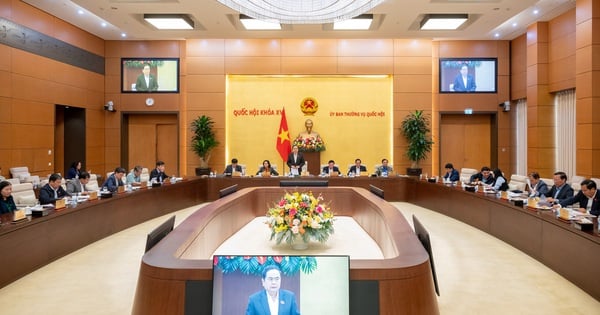
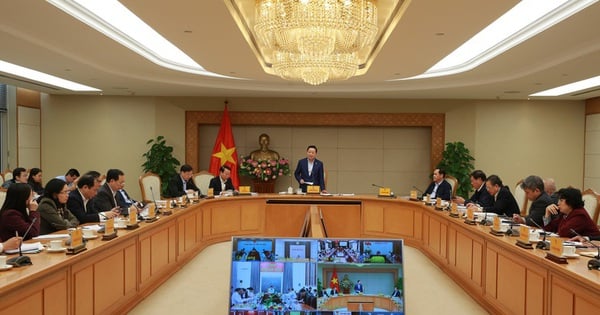
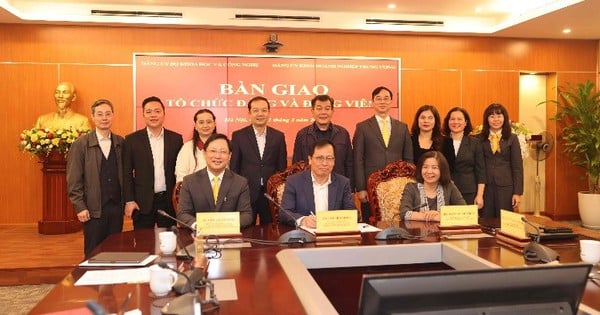


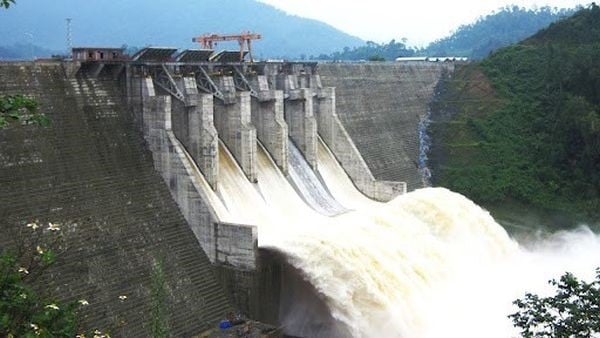
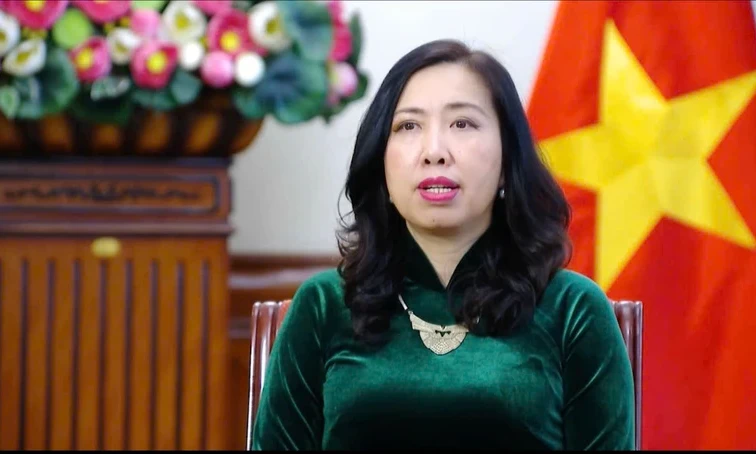

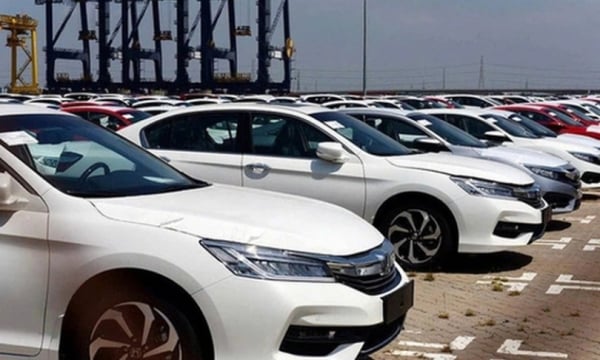



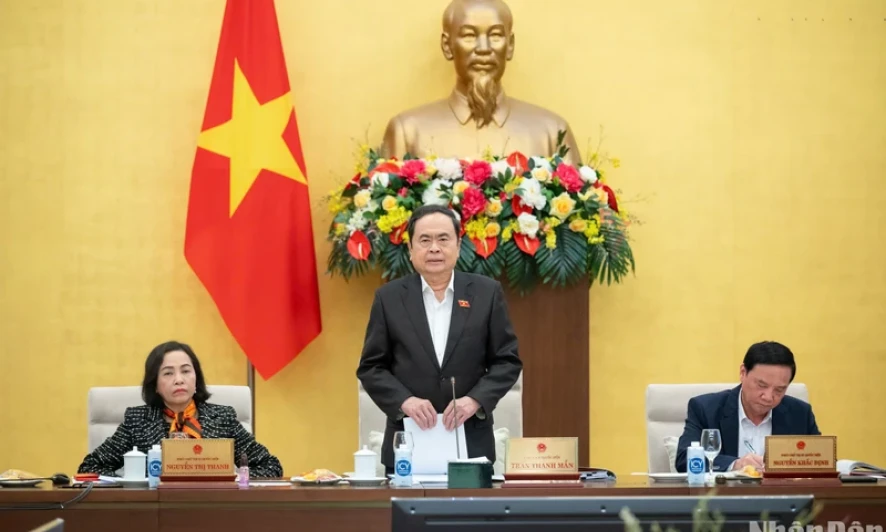

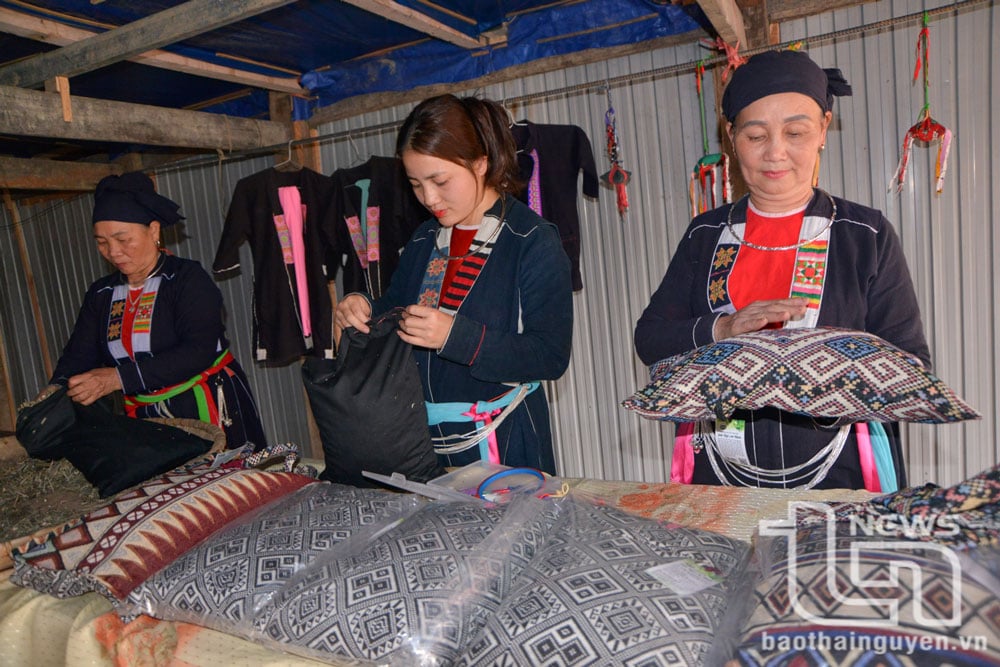









![[REVIEW OCOP] An Lanh Huong Vet Yen Cat](https://vstatic.vietnam.vn/vietnam/resource/IMAGE/2025/3/27/c25032328e9a47be9991d5be7c0cad8c)

Comment (0)